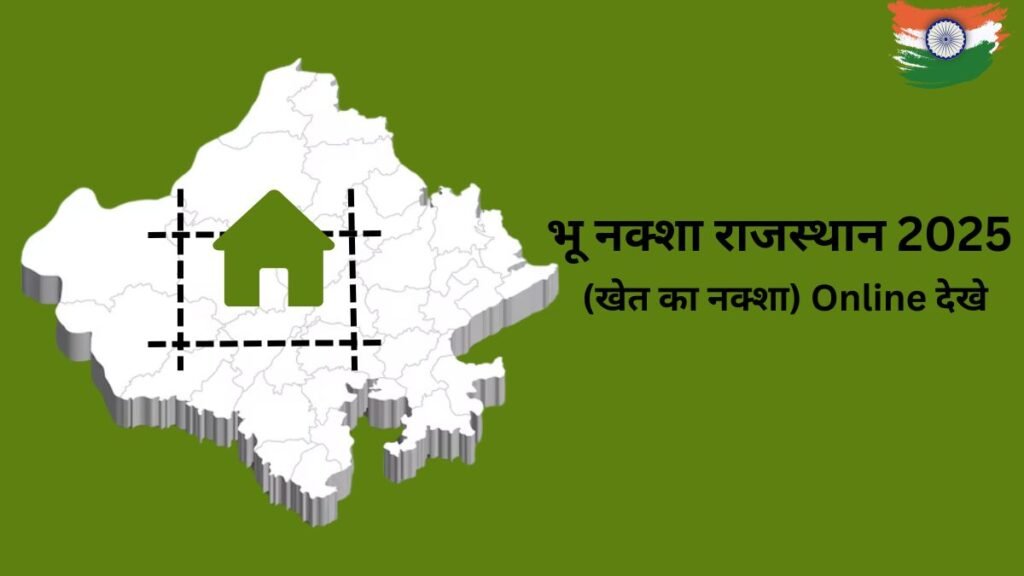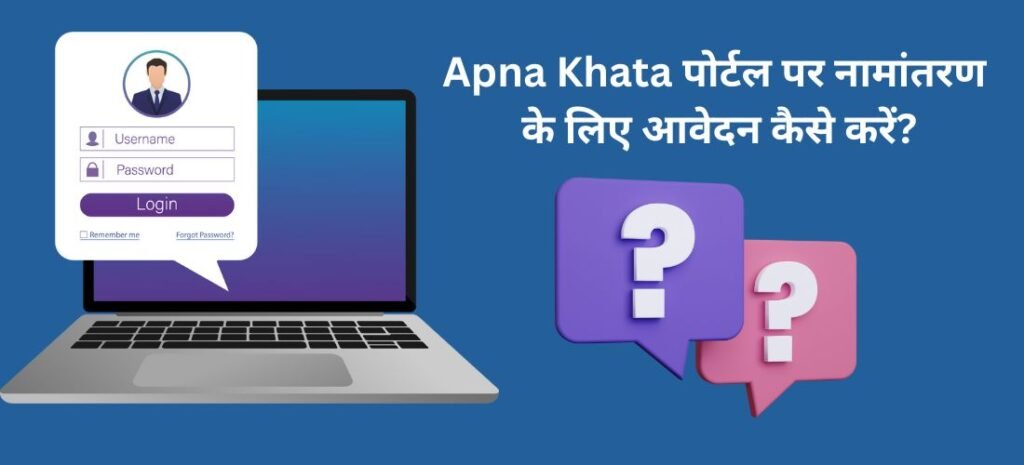The Role of UP Bhulekh in Offering Online Land Records
The state government of Uttar Pradesh launched UP Bhulekh portal in 2011 to digitize land records. It allows citizens to access digital repositories of all land records online.
Key features of UP Bhulekh:
- Citizens can view details of Khasra-Khatauni (record of rights) and Khasra-Girdawari (crop cultivation details) for their lands.
- High-resolution digitized maps display land parcel boundaries and locations via UP Bhu Naksha service.
- Records are synchronized real-time with registry databases, so recent purchases or mutations get reflected.
- Farmers can directly download copies of land records anytime after registering on the portal.
UP Bhulekh has significantly improved efficiency and transparency in land management. Over 20 million rural citizens have benefited from its efficient services.
How UP Bhu Naksha Helps Villagers Understand Their Land Maps
Along with UP Bhulekh, the UP Bhu Naksha portal lets citizens access digitized maps of landholdings. Here are its benefits for villagers:
- High-resolution digitized maps accurately display land parcel sizes, shapes, survey numbers, boundaries and adjoining plots.
- Overlay of plot boundaries and color coding helps identify one’s own lands distinctly from others.
- Maps clear up confusions stemming from inaccurate or outdated paper records. Clarity over boundaries prevents neighboring disputes.
- Maps aid planning and informed usage of agricultural land. Farmers can take data-based decisions on cropping patterns and suitability.
- Online availability of maps empowers villagers while dealing with land aggregators, builders or government acquisitions.
With clear pictorial representations, UP Bhu Naksha has been pivotal in resolving rural land disputes amicably and quickly.
Why Land Records Matter for Villages
In rural India, land records play an extremely important role. They contain details about land ownership, boundaries, area, usage, and more. This information is critical for farmers and landowners in villages to prove ownership, prevent disputes, get loans, and access government schemes.
However, traditional manual land record systems have many flaws. Paper records get damaged over time. Citizens face difficulties accessing them from distant record rooms. Manipulating physical records also enables fraud and corruption. These issues negatively impact farmers and villagers dependent on agriculture.
Digitizing land records to make them available online is bringing revolutionary changes for rural populations. Read on to understand what online land records are, their benefits for villagers, and how platforms like UP Bhulekh are transforming lives.
What Are Online Land Records?
Online land records refer to the computerization of manual land ownership data. All details related to land parcels like ownership, maps, area measurements, usage, transactions, etc. are stored in digital databases.
These digital land records are made available online through government portals and websites. Citizens can view their land records and download documents by providing inputs like location details, survey numbers, or landowner names.
The data is sourced from physical land record offices but maintained online in real-time. So any changes in ownership get updated digitally when registry officials enter them in the system. This makes online land records accurate and reliable.
Read Also: Nasik Fatafat | Subhadra Yojana 2025: Subhadra Yojana Status Check and Applying Process
Benefits of Online Land Records for Villagers
Transitioning land records from manual formats to online systems has brought tremendous advantages for rural populations:
3.1 Easy Access to Land Ownership Details
With manual systems, citizens had to make multiple trips to distant taluka or tehsil offices whenever they needed land records. Online availability of digital records has made the process easier.
Farmers can now conveniently access details related to their land from home using a laptop or at the nearest citizen service center. The digitized process reduces time and cost burdens for villagers.
3.2 Reduced Property Disputes and Fraud
Land disputes stemming from unclear ownership are common in villages. Some people manipulate or tamper with manual records to illegally claim land.
Online records greatly improve transparency. Landowners can easily verify ownership details and detect discrepancies. This curbs fraudulent transactions, helping honest rural citizens retain their lands.
3.3 Transparency in Land Transactions
Lack of transparency and undervaluation in rural land transactions enables black money generation. Online records make all details public, so market values and transactions become fairer.
They also enable due diligence while buying agricultural land. People can independently verify seller claims using these accurate digital records.
3.4 Saves Time and Effort
Citizens needed to wait in long queues and go through tedious processes at record rooms earlier. The online self-service model minimizes effort.
Applications for loan eligibility certificates, solvency certificates or data corrections can also be submitted electronically without bureaucratic delays. This enables convenience and speed for villagers.
How Online Land Records Support Farmers
Online land records deliver some unique advantages for the farming community:
- Farmers can conveniently check details related to land usage, ownership and area measurements for their agricultural plots. This aids farming activities and land-use planning.
- They can also access updated records of rights and liabilities against their land parcels. This comes handy while availing crop loans from banks or financial institutions.
- Land record documents like Khasra-Khatauni and Jamabandis serve as essential proofs for farmers applying to agriculture subsidy and insurance schemes of the government. Their online availability simplifies the process.
- Farmers use land records to settle inheritance issues or divide assets amongst family members. Digital records help avoid disputes and expedite distributions.
Success Stories: How Villages Have Benefited from Online Land Records
Many heartening stories showcase how online land records have empowered rural populations:
- Digitized records helped a farmer in Hardoi regain 4 bighas of illegally occupied land worth ₹60 lakhs. Earlier manipulators had altered paper records.
- A group of 50 farmers in Lalitpur jointly received ₹50 lakhs compensation for land acquired by authorities using online records as evidence.
- Online records aided seizure of 100 illegally purchased acres from gangs in Meerut. Several smallholders got back their lands.
- In Budaun, a farmer could get a bank loan sanctioned swiftly by submitting online record copies. This helped him install tube wells before sowing.
- Landless families in Sonbhadra received long-pending allotments verified through digital records and maps.
How to Access Land Records Online: A Quick Guide for Villagers
Citizens wanting to access UP land records online can follow these steps:
- Visit the UP Bhulekh website at bhulekh.up.nic.in
- Select your district, tehsil/taluk, and village details from dropdown lists.
- Enter Plot Number or Survey Number and search records.
- View Khatauni, Map, Registry details on screen. Download PDF copies.
- For maps, use UP Bhu Naksha portal and enter plot details to view.
- Pay nominal fees online to download copies. Print or save records on devices.
Conclusion: A Better Future with Online Land Records
Transitioning land records to online platforms like UP Bhulekh has ushered in transparency, efficiency and convenience for rural citizens. By learning to access the services, villages can reap the full benefits while overcoming traditional land record challenges.
With land ownership details and maps just a click away, the future looks brighter for farmers, agricultural growth and rural prosperity. Online records will continue playing a pivotal role in empowering and protecting the rights of villagers across India.
Blog:


